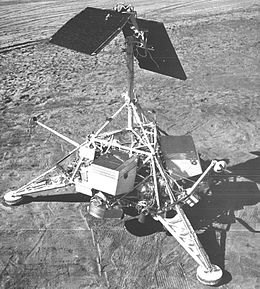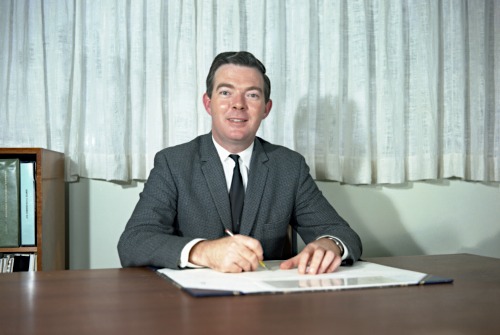
Space Association of Australia Inc.
powered by TidyHQMay Public Meeting & 2016 AGM | 50th Anniversary of Surveyor 1 - The View from Downunder

May Public Meeting & 2016 AGM | 50th Anniversary of Surveyor 1 - The View from Downunder
This is the free monthly meeting of the Space Association of Australia - all welcome!
We'll be in the Function Room on the first floor of the Caulfield RSL. The venue is disabled friendly and includes a lift. Meals are available at reasonable prices. Ample car parking is available immediately behind the RSL or in St Georges Road. Trams and trains run within 200 metres of the venue.
50th Anniversary of Surveyor 1 - The View from Downunder with Mike Dinn, Deputy Station Director at DSS-42 (Tidbinbilla) in 1966


Surveyor 1 was the first lunar soft-lander in the unmanned Surveyor program of the National Aeronautics and Space Administration (NASA). This lunar soft-lander gathered data about the lunar surface that would be needed for the manned Apollo Moon landings that began in 1969.
Surveyor 1 was launched on 30 May 1966, from the Cape Canaveral Air Force Station at Cape Canaveral in Florida, and it landed on the Moon on 2 June 1966. Surveyor 1 transmitted 11,237 still photos of the lunar surface to the Earth by using a television camera and a sophisticated radio-telemetry system.
Mike Dinn was born and educated in England. After graduating in Electrical Engineering (London) in 1955, he worked in British industry mainly on aircraft electronics and electrics.
In 1960 he moved to Australia, and was responsible for aircraft flight testing instrumentation with the Royal Australian Air Force.
Mike moved to the Canberra Deep Space Tracking Station (Tidbinbilla – part of NASA/JPL’s Deep Space Network) in 1966 as Deputy Station Director in charge of Operations, his first mission being Surveyor 1.
In 1967 he took a similar position at Honeysuckle Creek, one of NASA’s three main communications facilities for the Apollo program, and was actively involved in missions 7 to 14.
He returned to the DSN station during the building of the new 210 ft dish at Tidbinbilla, and spent a year at JPL Pasadena (1972). This antenna supported Apollo 17 as its first task.
After a period in Australia’s Department of Defence he returned to the Deep Space Station in 1983, becoming Director in 1988. NASA’s main missions during this period were Voyager, Magellan and Galileo, but the facility also supported Shuttle until the TDRSS spacecraft were in place.
Mike retired in 1994 – on Apollo 11’s 25th anniversary, having just succeeded in obtaining an Apollo 11 lunar rock for display, which was presented by NASA astronaut John Young.
Mike considers the highlight of his career as being Apollo 11 operations (and in particular the TV of the first lunar step to the world coming through Honeysuckle), closely followed by being at Houston during Apollo 17 and sending some commands from Ed Fendell’s INCO console on Gene Kranz’s shift, and also Apollo 8 where Honeysuckle Creek first came into its own.
Mike was awarded two NASA Public Service Medals – in 1986 and 1995.
(Source: Biography and photograph of Mike Dinn courtesy of honeysucklecreek.net - a tribute website to the men and women of Honeysuckle Creek Tracking Station in Canberra, Australia and the wider Australian involvement in manned and unmanned space exploration).
Agenda
| 7.15 - 8.15 | 2016 Annual General Meeting |
|---|---|
| 8.15 - 8.30 | Break for socialising |
| 8.30 - 9.30 | Guest speaker: 50th Anniversary of Surveyor 1 - The View from Downunder with Mike Dinn, Deputy Station Director at DSS-42 (Tidbinbilla) in 1966 |
| 9.30 - 10.00 | Space news: A maiden flight from Vostochny, Russia's newest cosmodrome - Igor Rozenberg |
